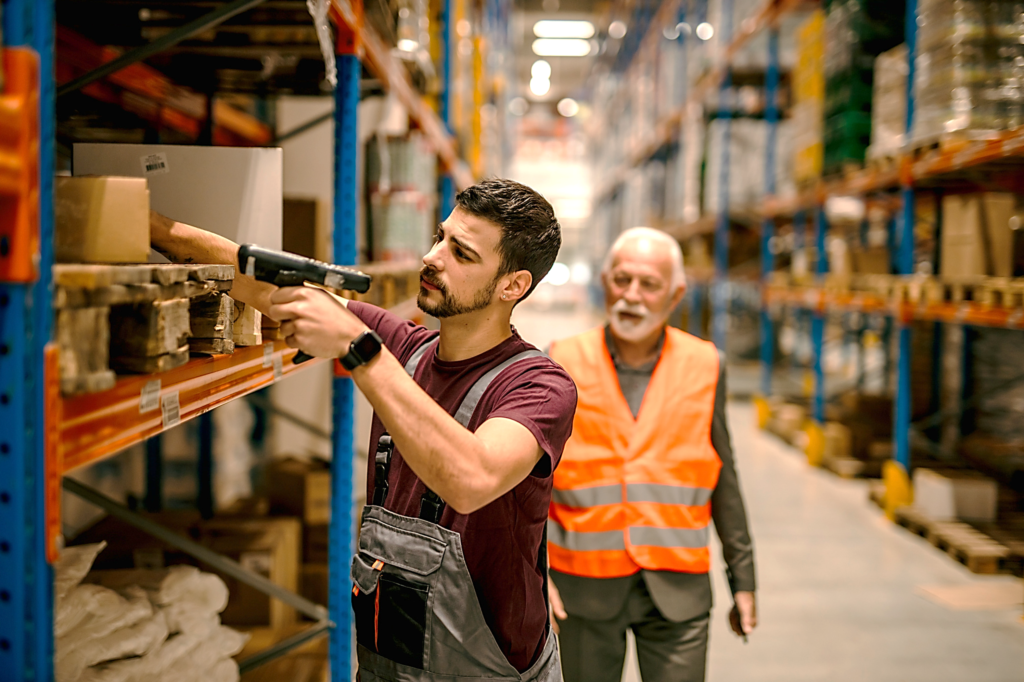Most often people think of labeling involving only finished goods – product that is going out the door to your customer or if you’re a master distributor, your customer’s customer. However, we are going to expand this topic by including work in progress goods that are going to a third party for some work that you can’t do in-house and means this product will come back to you for further work or just warehousing.
For all outbound labels the key considerations can be boiled down to what needs to go on the label to satisfy:
- Your downstream warehouse processes like put away, picking, and shipping
- Customer’s inbound processes and requirements
- Government regulations (includes transportation, environmental, health, food, drug authorities just to name a few)
- Industry regulations that call for compliance
- Freight forwarders and transport company’s requirements to ensure unimpeded movement of goods
While labeling guidelines, for the most part, are readily available, the catch for most companies is knowing how and when to produce them.
To help you decide on the how and when we are going to identify the basic categories of labels and with each, there is a best practice to produce them.
Finished Goods Label – best time to produce it is as soon as the product arrives at the facility or when it comes out of production. The most efficient way is to produce the label(s) in real time as part of the workflow which may mean re-engineering some of your systems to support a more dynamic interaction between the user and your software.
Work in Progress Label – this is often a tricky label to produce as technically speaking it is not quite a finished good part # yet. However, a label is needed to identify the product to the next work cell or in the case of sending it out to a third party for work not supported in your facility. The label we typically produce is a license plate containing the work order # and the last operation performed on that part(s). This label is produced and applied upon completion of that operation.
Industry or Customer Compliance Label – if you are a made-to-order shop then this label is typically applied at the end of the production process. If, however, you’re picking the product out of the warehouse, then you’ll have to apply the label during picking or in the staging area of shipping. Ideally, your warehouse management system has the ability to generate customer-specific labels on a per order basis instead of the generic label. Often these specific labels are printed on a 4×6 size label and applied on a per pallet basis.
Shipping Label – this is typically produced by the courier system or your transportation management system. The label is either applied to a per case or pallet label depending upon the carrier. At this time, you’re also producing any hazmat labels and even labels in the language of the country they are being shipped to.
Having proper labeling instructions available online or better yet as a video will assist the shipping department to produce and apply the right label.
Producing outbound labels often involves a myriad of rules and guidelines, the payoff is avoiding penalties, having the shipment quickly processed at border crossings, and better customer satisfaction.
How you design the systems and workflow to produce and apply these labels is critical to the efficiency of the warehouse. So, fold the labeling process into the workflow so that the labels are available for production upon the completion of that specific operation. And don’t forget the training of operators on when and how to apply them.





